Indoor Plants Keep Dying? Here Is Why And How to Fix It In 10 Easy Ways
Indoor greenery can be tricky to keep alive, but the secret lies in understanding what they need. Here is why your indoor plants keep dying and know the 10 easy ways to save them.

Here Is Why Your Indoor Plants Are Dying And How To Revive Them - 10 Tips.
Every home has that one corner where a plant once stood tall and proud until it didn't. Indoor plants bring life, colour, and calm into a space, but they also have a knack for suddenly dropping leaves, yellowing at the edges, or simply looking exhausted. The culprit is often not one big mistake, but a series of small, everyday habits that slowly wear them down.
Think of plants like long-distance friends: they don't need constant fussing, but they do need the right kind of attention. Give them too much water, too little light, or ignore their silent cries for help, and they'll fade away. The good news? Most plant problems are fixable, and with a bit of observation (and some course correction), those indoor greens can flourish. Let's break down the most common reasons plants give up and how to turn things around, without needing a full-blown greenhouse or a degree in botany. Here is why your indoor plants keep dying and know the 10 easy ways to save them.

Your Indoor Plants Keep Dying? We Explain The Reasons And Give You Simple Solutions; Photo Credit: Pexels
1. Overwatering – Drowning in Good Intentions
Plants can't shout “enough!” when waterlogging sets in. Overwatering is the silent assassin of houseplants. Many people water on a fixed schedule, every day, every other day, without checking if the soil needs it. Roots suffocate when trapped in constantly wet soil, leading to rot, fungi, and an unmistakable musty smell.
Imagine being made to drink ten glasses of water in one go, every day, even when you're not thirsty. That's what your pothos feels like when the soil never dries. A simple fix? Stick a finger about two inches into the soil. If it's dry, water; if it's damp, step back. Also, ensure pots have drainage holes; fancy ceramic planters without them are like giving your plants a bathtub they can't escape from.
Pro tip: Water more deeply but less frequently. This encourages roots to grow strong and reach down for moisture, rather than staying shallow and lazy near the surface.
2. Underwatering – The Neglected Sip
The other extreme, barely watering, is just as harmful. Life gets busy, and before you know it, the soil is bone-dry, leaves are crisp, and your areca palm looks like it's been through a summer drought. Indoor plants can't pop over to the fridge for a drink, so their only source of hydration is you.
Signs of underwatering include droopy leaves, brown tips, and soil pulling away from the pot's edges. Sometimes the soil becomes so dry it repels water, water just runs off the surface. In such cases, soak the pot in a bucket for 15–20 minutes so moisture penetrates fully.
A good rhythm: adjust watering frequency based on the season. In the cooler months, plants drink less; in peak summer, they get thirstier, especially in homes with ceiling fans whirring all day.
Also Read: 10 Must-Have Indoor Plants to Refresh Your Living Space Now On Amazon
3. Poor Lighting – The Silent Struggle
Not all plants are happy in a dim corner, no matter how good it looks on Instagram. Light is food for plants. Without it, photosynthesis slows, growth becomes weak, and leaves lose their vibrant colour.
That glossy fiddle leaf fig might look perfect by your sofa, but if the spot gets no sunlight, it's slowly starving. Likewise, placing a fern in harsh, direct afternoon sun can scorch its delicate fronds. The trick is to understand each plant's natural habitat, succulents love bright spots, while peace lilies enjoy gentle, indirect light.
Rotate plants occasionally so all sides get equal sun. If natural light is scarce (especially during monsoon weeks), consider a grow light. It's a small investment that can mean the difference between limp leaves and lush growth.
4. Wrong Pot Size – Cramped or Drowning in Space
A pot too small means roots are crammed, water dries too quickly, and nutrients run out faster. Too large, and excess soil holds water, encouraging root rot. Both extremes stress the plant.
The key is proportion. Ideally, a new pot should be just 2–3 inches wider than the previous one. This gives roots room to expand without overwhelming them. Also, fresh soil in a correctly sized pot brings a boost of nutrients.
When repotting, be gentle. Roots don't like being tugged roughly. Tease them loose with your fingers before placing them in their new home. And always, always use well-draining soil, good airflow below the surface is as important as the pot itself.

Decorate Your Space with Top Indoor Plants To Enhance The Beauty Of Your Home; Photo Credit: Pexels
5. Ignoring Seasonal Changes
Plants have seasonal moods. The same care routine that works in April won't necessarily work in December. Growth slows in cooler months; watering should too. Feeding plants heavily in winter can lead to nutrient build-up because they're not actively absorbing as much.
Come spring, plants wake up. That's the time to prune dead leaves, refresh soil, and increase watering and feeding. In peak summer, they may need extra shade indoors to protect against harsh midday sun streaming through windows.
Just like swapping your wardrobe between seasons, your plants need a care switch-up. Observing these rhythms helps prevent the “but it was fine last month” surprise.
6. Skipping Feeding – Hungry Roots, Tired Leaves
Indoor soil doesn't replenish itself like outdoor earth. Over time, nutrients wash away with watering, leaving roots hungry. Without adequate feeding, plants become pale, growth stalls, and leaves may yellow prematurely.
Liquid fertilisers or slow-release pellets work well. Feed lightly but regularly during the growing season. Too much at once can burn roots, think of it as a balanced diet, not a feast.
Budget tip: A simple homemade boost is water from rinsed rice. Let it cool before pouring it on plants, it's rich in starch and gentle nutrients. Kitchen waste like used tea leaves (washed to remove milk and sugar) can also help when mixed into soil.
7. Pest Invasions – Tiny Uninvited Guests
A few tiny whiteflies or spider mites can turn a thriving plant into a disaster. Pests suck sap, weaken leaves, and spread quickly if unchecked. Often, they arrive with a new plant from the nursery or from keeping plants too close together.
Check under leaves regularly, pests love hiding there. Yellow sticky traps help monitor flying insects. Mild infestations can be handled with neem oil spray, which is affordable (₹150–₹200) and plant-safe.
Remember, pests thrive in stressed plants. Keeping plants healthy overall reduces the risk of invasions. Isolation for new arrivals, yes, a plant “quarantine”, can save the rest of your collection from trouble.

Decorate Your Space with Top Indoor Plants To Enhance The Beauty Of Your Home; Photo Credit: Pexels
8. Wrong Plant for the Environment
It's tempting to buy that exotic-looking orchid, but if your living room is dark and humid only during the monsoon, it's going to struggle. Matching plants to your actual environment, not your dream one, is key.
Small flats with limited sunlight? Go for snake plants, zz plants, or money plants; they're hardy and adaptable. Homes with sunny balconies? Bougainvillea, succulents, or aloe will thank you.
Think about temperature swings, too. Placing a delicate fern right under an air conditioner vent is like setting it in a winter storm. Understanding your home's conditions saves you from heartbreak (and wasted ₹).
9. Ignoring Pruning – The Plant Haircut That Never Comes
Plants grow better when trimmed. Dead leaves drain energy, and overgrown stems can become leggy and weak. Pruning encourages bushier, healthier growth by directing resources where they're needed most.
A sharp pair of scissors and a little courage are all that's required. Cut just above a leaf node to encourage new shoots. Remove yellow or brown leaves promptly; they're not coming back.
Pruning also helps control shape, preventing that one wild stem from taking over like a rebellious teenager. Think of it as regular grooming; it keeps your plants looking fresh and feeling healthier.
10. Neglecting to Listen – Plants Do Talk
Not with words, but with signs. Curling leaves, drooping stems, and sudden colour changes are their language. Ignoring these signals is like ignoring a friend's “I'm not okay” messages.
A plant that suddenly sheds leaves may be telling you it's too cold or too dry. Brown tips might signal low humidity, especially in AC-heavy rooms. Yellowing can mean too much water, too little, or nutrient issues.
Regular observation is the magic habit. Spend a few minutes each week just looking, really looking, at your plants. Noticing changes early often means you can fix issues before they spiral into full-blown plant tragedies.
Products Related To This Article
1. Garden Art Catcie Agave Live Plant in Grower's Pot
2. Ugaoo Lucky Bamboo 3 Layer Feng Shui Plant
3. Amulya Farms Lotus Flower Seeds for Home Garden Pack of 20
4. Ugaoo Aralia Golden Live Plant with Self-Watering Pot
5. Very Special Chinese Banyan/Malayan Banyan
Indoor plants are more than just décor; they're living companions that respond to care, neglect, and everything in between. The key to keeping them alive is not complicated science but mindful attention, checking the soil before watering, adjusting care with the seasons, matching plants to your home's realities, and listening to their subtle cues. Check Today's Deals On Amazon
When cared for well, plants repay the effort many times over. They clean the air, lift moods, and turn a room from ordinary to vibrant. And perhaps most importantly, they remind us to slow down, notice small changes, and nurture life, skills that matter far beyond our balconies and window sills.
Disclaimer: The images used in this article are for illustration purposes only. They may not be an exact representation of the products, categories, and brands listed in this article.













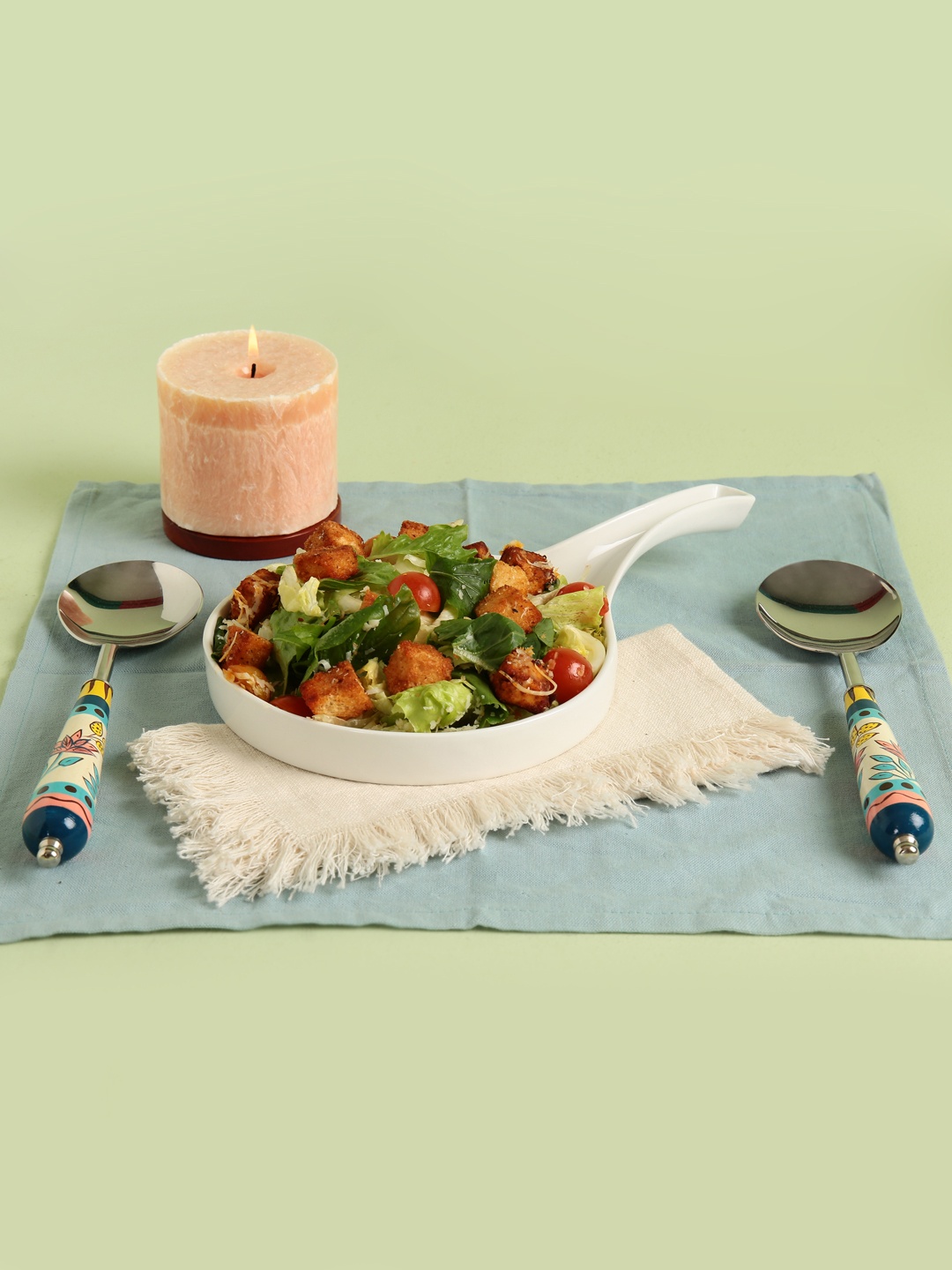

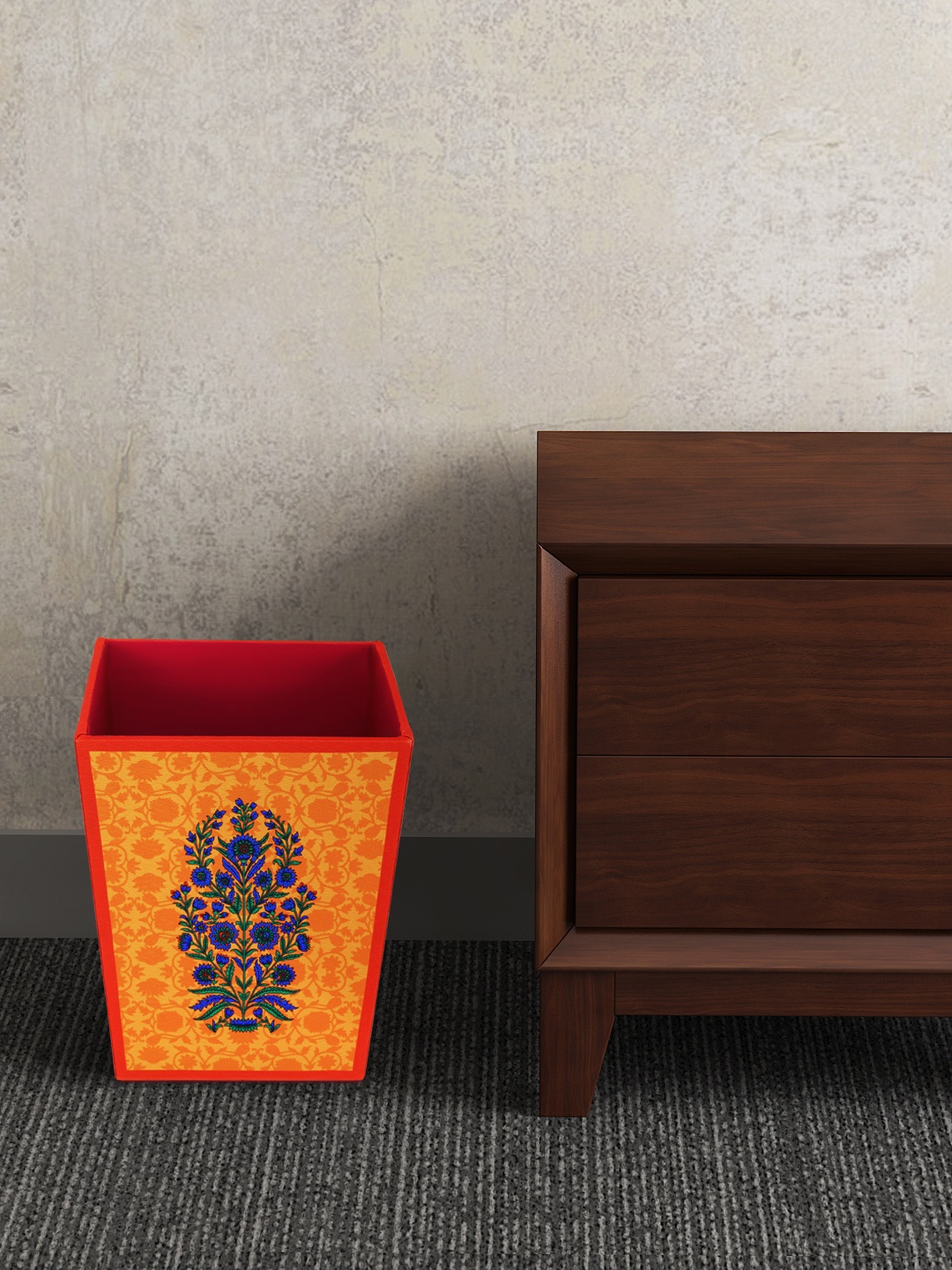
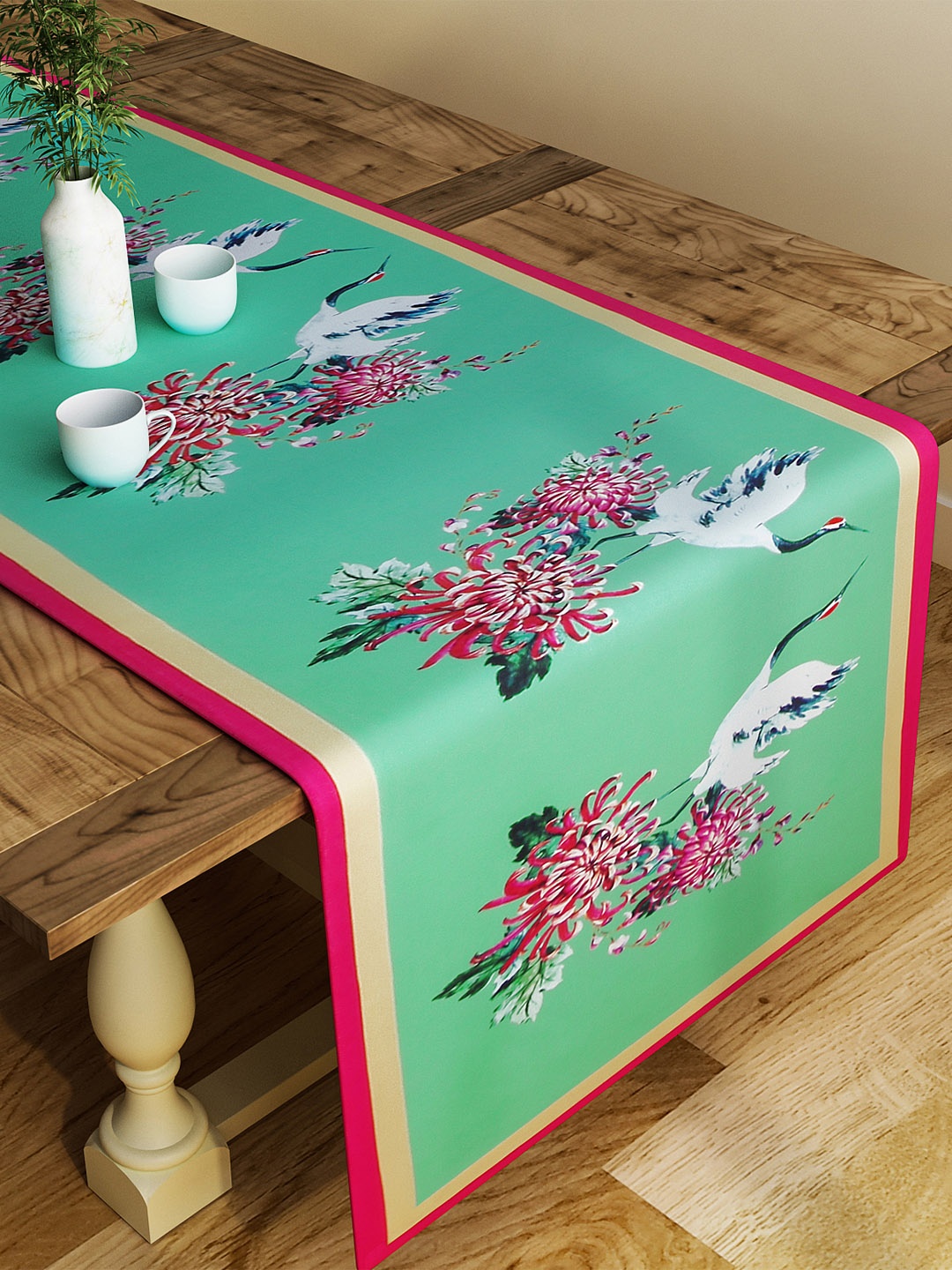
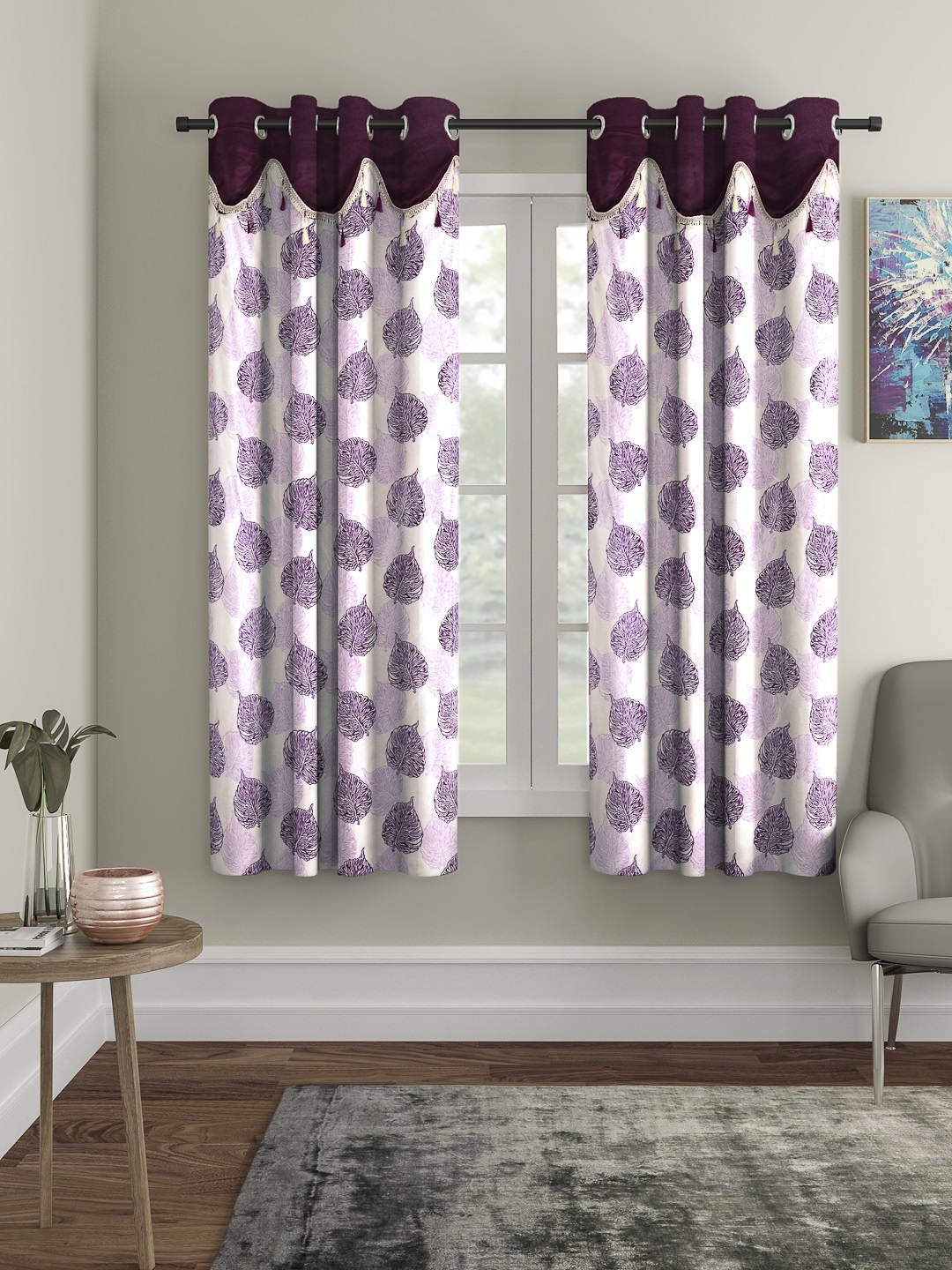
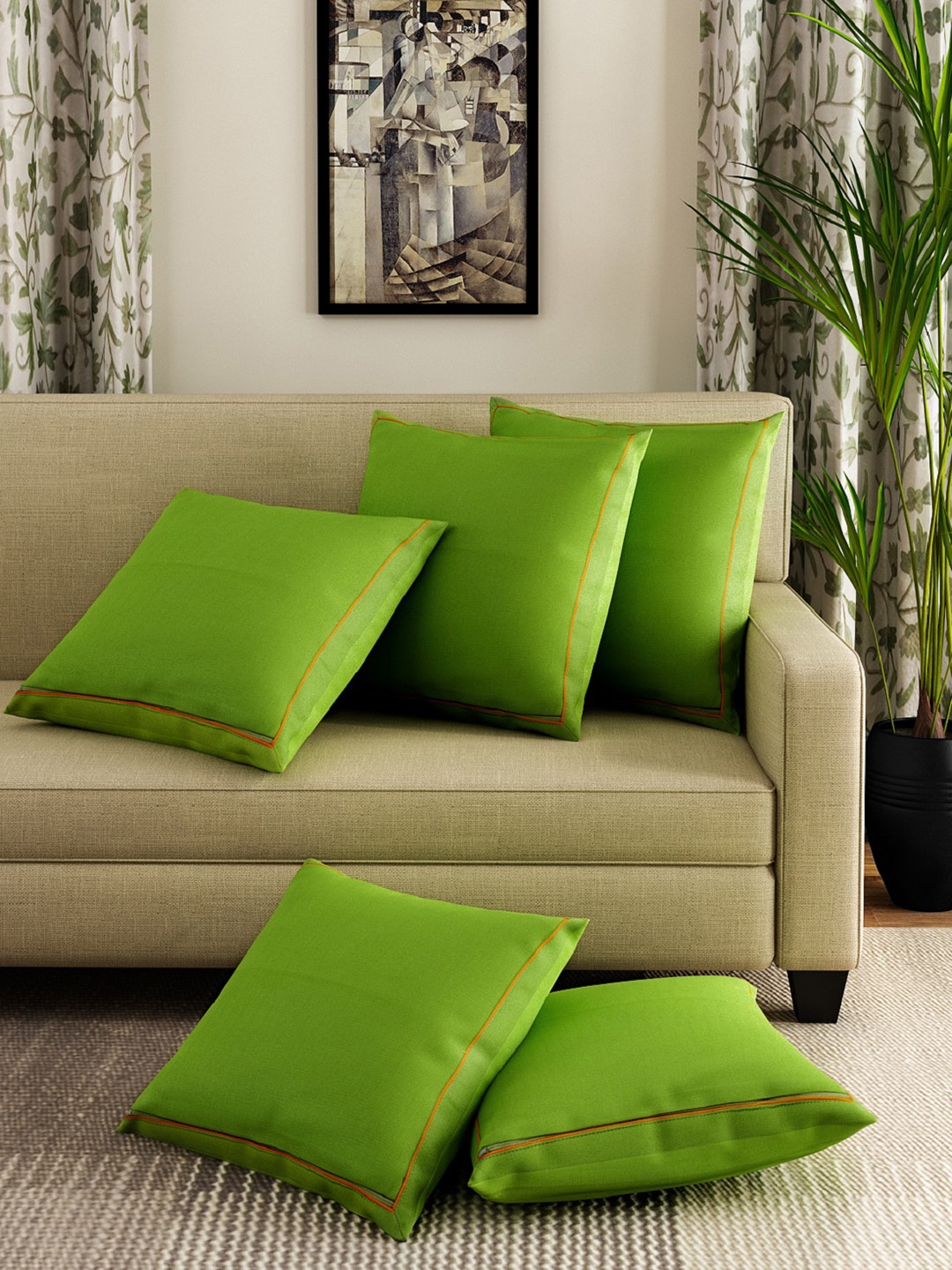
![Steam Iron Teflon Shoe Cover for ES-300,ST-96 [Only For ES-300 and ST-96 Model Electric Steam Irons]](https://m.media-amazon.com/images/I/51wwkttondL._SL160_.jpg)





